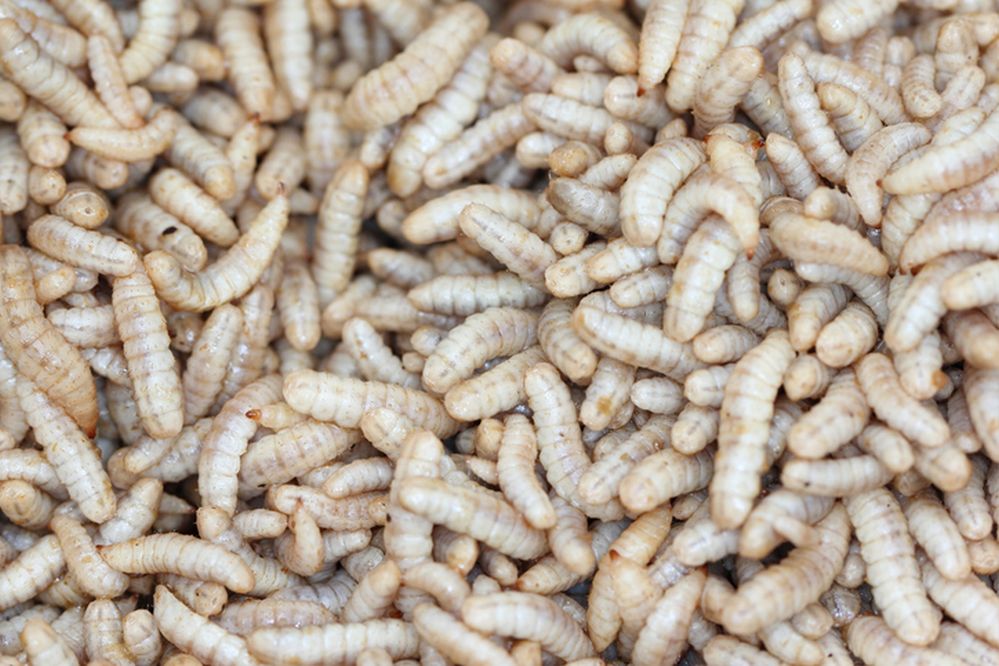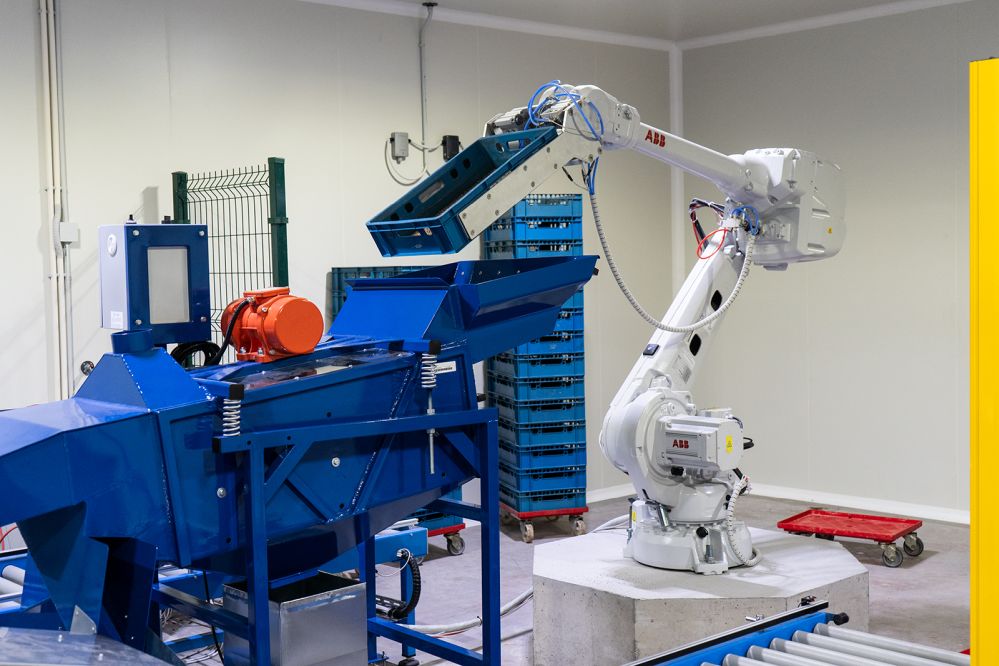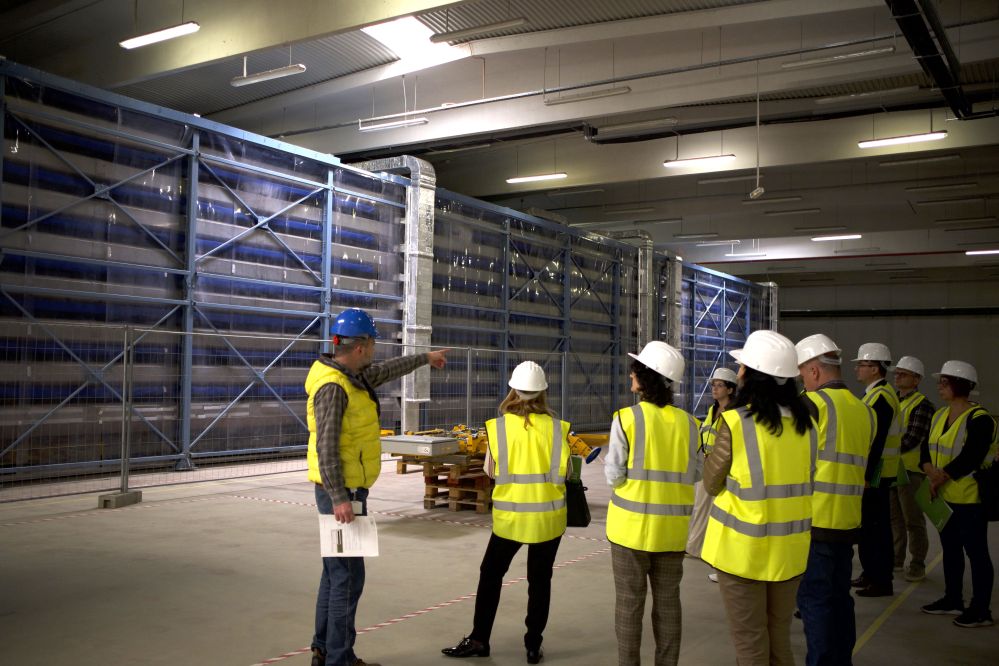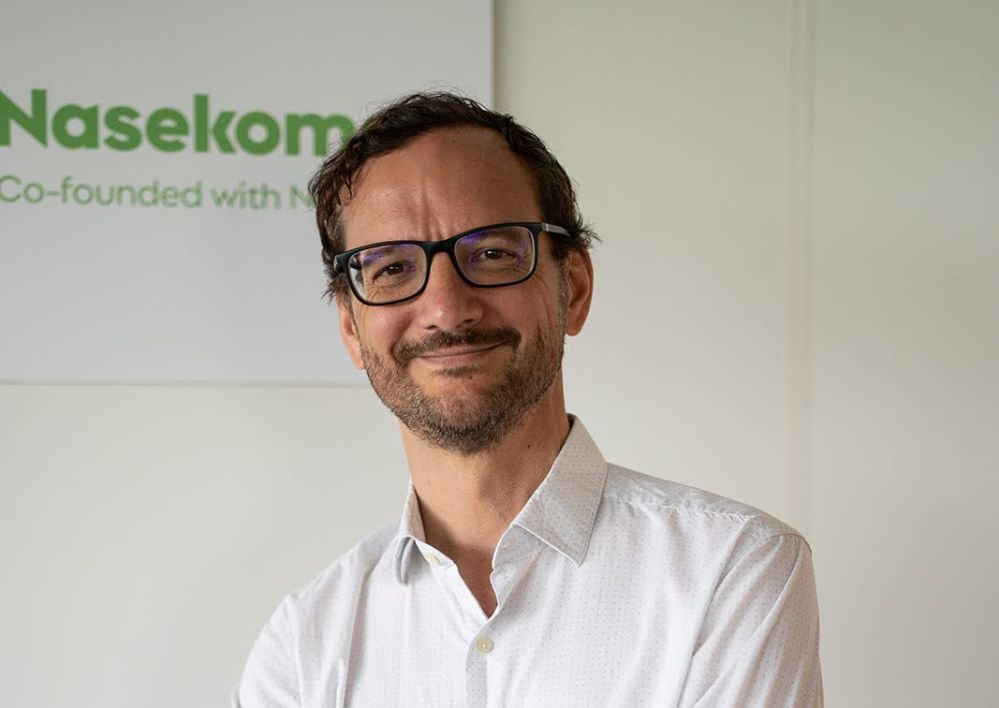Its green credentials notwithstanding, industrial-scale insect farming is not for the faint-hearted. So what business models make sense, who is going to fund the next wave of facilities, and which end markets hold the most promise?
For the founders of Nasekomo, a Bulgarian startup established in 2017 by Xavier (exec director) and Olga (COO) Marcenac and biologist Marc Bolard (CEO), it was clear from the start that the only way to make the numbers add up was to combine highly automated facilities with advanced breeding techniques enabling superior bioconversion rates.
Speaking to AgFunderNews after announcing an €8 million ($8.7 million) series A round led by private equity firm Invenio Partners, Bolard said: “Very quickly, we felt that the human market for edible insects was not mature enough, and when you build a startup, timing is everything. In contrast, we saw a huge opportunity in petfood, and then in the aquaculture market.”
“Our objective is to enable insects to positively impact our food chain in nutrient availability, quality and sustainability. To do so, we need to attain the highest level of standardization and process optimization in our upcoming network of franchised factories through genetics, automation, digitalization, AI-native solutions, and interconnected operations.” Marc Bolard, cofounder and CEO, Nasekomo

Insect ag: ‘It has to be automated, and it has to be data-driven’
As for the unit economics of insect farming, he said, “It’s been happening for thousands of years at small scale but it’s only in the last 5-10 years that we’ve had access to technologies that we need to enable this industry to scale.
“It has to be automated, and it has to be data-driven, because what we are trying to do is very complex,” claimed Bolard, who has struck a deal with tech giant Siemens to create a standardized insect bioconversion system that can be rolled out around the globe.
“It’s a biological process with millions of correlations, interactions, and dependencies between the animals and their environment. So we’re talking about data collection, data transport, data storage, data security, and the ability to analyze and learn from this data.”
Through Fly Genetics, a joint venture with animal genetic selection specialist Groupe Grimaud, Nasekomo has also developed a breeding program to generate black soldier flies with heavier and more homogeneous larvae [better for harvesting], superior feed efficiency and higher growth rates.
“Through this partnership, we’re delivering a program that delivers high quality animals for the industry,” said Bolard, who has raised around €20 million ($21.7 million) in equity funding to date and around €5 million ($5.4 million) in non-dilutive funding through grants and awards.
“I think we are at the 26th generation already of active selection, so it’s going to be very challenging for the competition to catch up.”
“We firmly believe that our collaborative efforts will lead to the successful realization of our ambitious vision – to accelerate the growth of the insect industry by providing the picks and shovels to newcomers which in our case means genetically selected seed larvae and our end-to-end bioconversion factory technology.” Xavier Marcenac, cofounder, Nasekomo

The business model
Nasekomo has a demo facility in Bulgaria to showcase its tech and produce small quantities of product, but does not plan to own and operate its own facilities going forward, with Bolard arguing that a franchise model is the fastest way to scale the tech.
Its first (undisclosed) franchise partner, described by Bolard as a “green investor,” will open a facility in Bulgaria in 2025, said Bolard, who says his larvae can feed on a variety of industrial side streams from rice and wheat bran to brewers’ spent grains.
“As a franchisor, we’re an enabler who will deliver our franchisees everything they need to develop and run their operations, from the young insects to the insect building and equipment, to a patented solution to run the bioconversion process.
“We have a very different technological solution compared to the general standard in the industry, because we don’t use crates. Our solutions are fully automated with no human intervention from one end to another.
“Then finally there’s the digital proposition, so we have AI algorithms that monitor, alert and improve the process in real time.”
Ideally the franchisee would locate facilities as close as possible to a consistent source of feed such as a food processing facility, said Bolard. But it does not necessarily follow that franchisees will typically be food processors looking to valorize their waste/side streams.
“Most food and beverage companies we speak to don’t want to lose focus [by trying to run an insect farming operation on top of the core food business], but they are willing to sign a long-term supply agreement [to provide a feed source to an insect farming facility located nearby].
“So we also need partners that want to develop the bioconversion business and help build a circular economy. So we’re talking to green investors but also waste processors and waste managers who are ready to invest along with food and beverage suppliers.
“Another quite different profile of partners are agricultural conglomerates that are in areas such as pig or poultry production.”
‘Tens of millions of euros’ of capex per facility
But how many people are realistically interested in operating an insect farming facility, even one with a cookie cutter design that’s been proven at demo scale? And how much capex is required to get one of these facilities up and running?
Bolard won’t share precise numbers but says it’s “in the tens of millions of euros” range. “It requires a significant amount of technology and the volumes are significant.”
At full capacity, he said, “the first franchise facility will receive something like 25 trucks [of feedstocks] per day. That said, we are working with some partners to help our future franchisee partners finance that capex. But the quality of the partners we have such as Grimaud and Siemens gives people confidence that we are building a sustainable and profitable model.”

‘Everybody in this industry has made mistakes, including us’
Stepping back to look at the insect ag industry more broadly, he said. “I think everybody in this industry has made mistakes, including us, because you’re not going to find the right path and the right solution on day one.
“At Nasekomo, we need to develop this first franchise project to validate our model and our technological solutions. So it may take us two or three more years to really enable the geometric growth that we wish for. Having said that, in the meantime we are already on the market with protein meal, oil, and frass, and we are launching a new frozen larvae product.”
And right now, demand far exceeds supply, he said. “Everything is sold months in advance, so the traction is there, and for the franchise side of the business, we are overloaded with inquiries.
“Our core market is pet food for the time being, which is a higher-value, lower-volume market than animal feed. Our next target will be aquaculture for which we are working in collaboration with a huge future purchaser. But right now, we are too small to meet the minimum quantity, so we will need our first franchise factory [to be up and running in order] to get there.
“Beyond that, we are looking at pig and poultry markets for the oil.”
Further reading:
Entobel opens largest insect protein production facility in Asia, targets aquaculture
Aspire Food Group ramps up world’s largest cricket production facility, scouts for 2nd site
Edible insect startup Cricket One closes series A, opens Asia’s largest cricket processing facility




